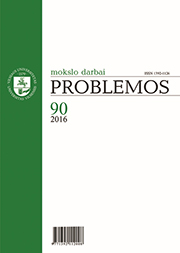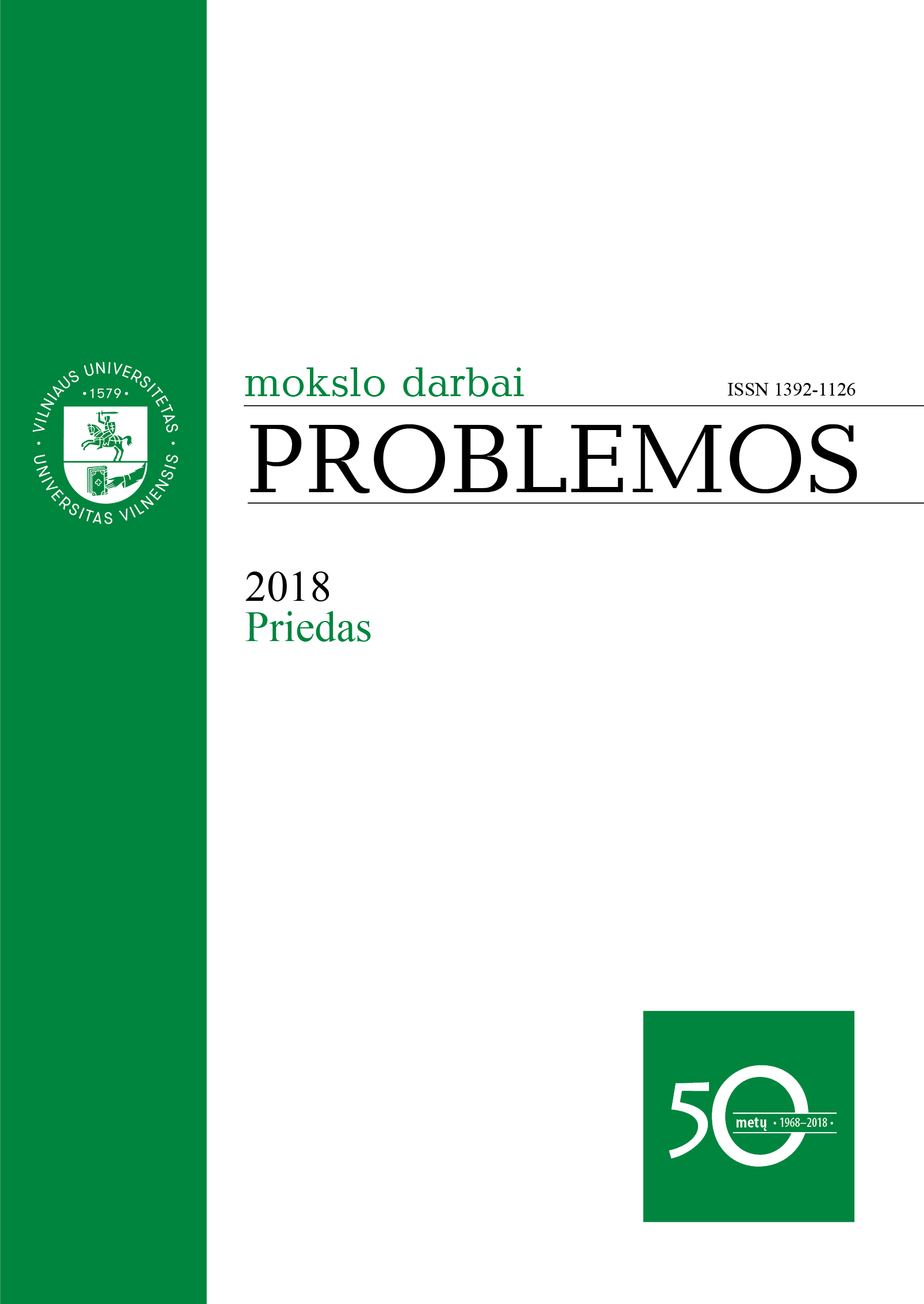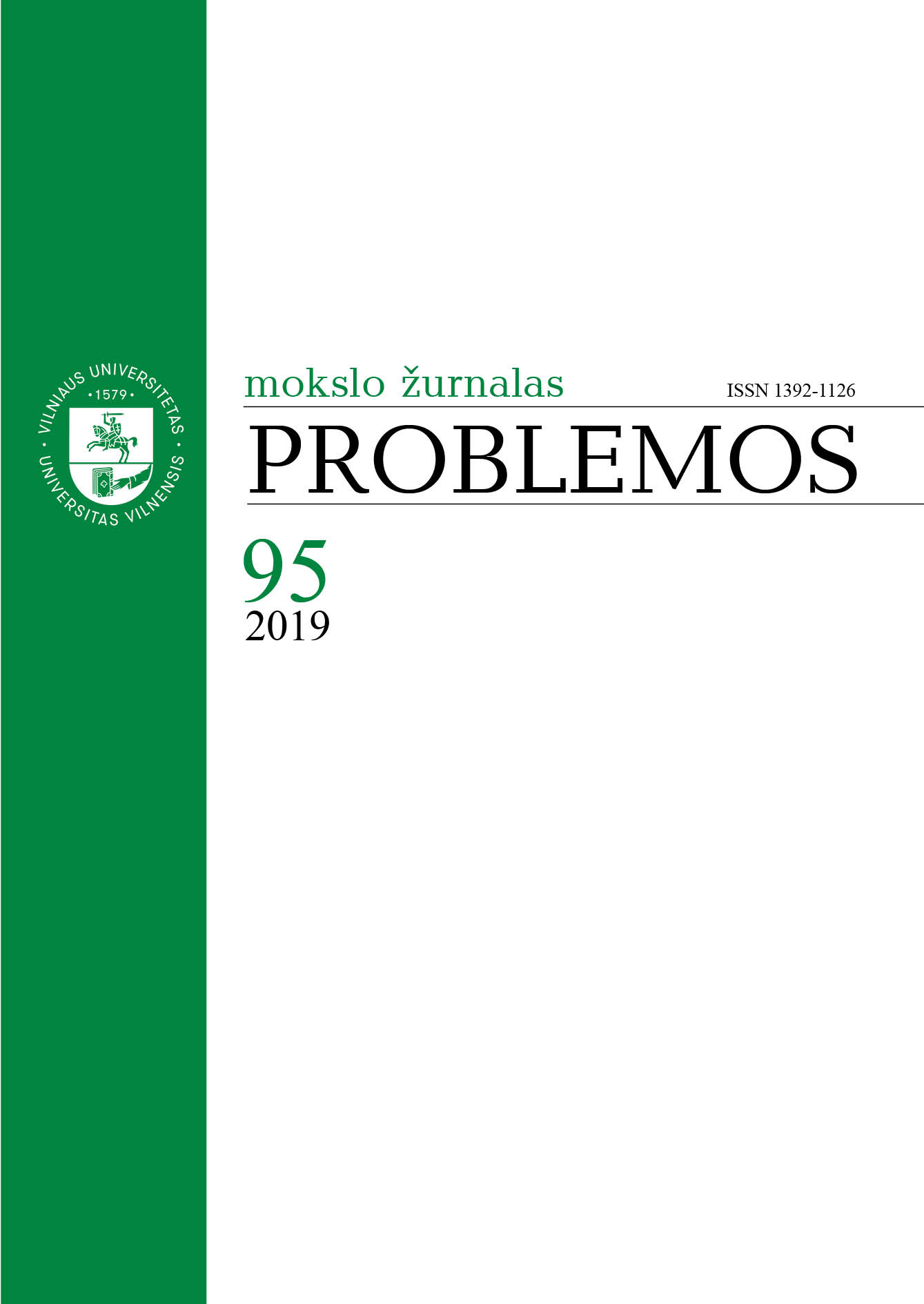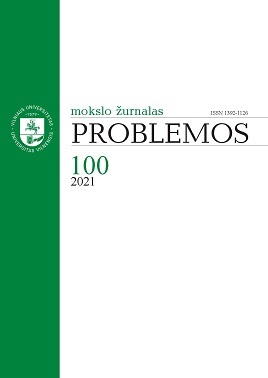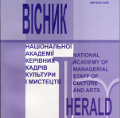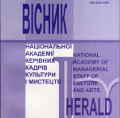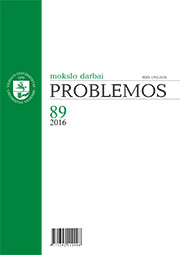
SKAITYTOJO ĮVEIKA VYTAUTO KAVOLIO TEKSTŲ ANALIZĖJE
The article deals with self-evaluation of Lithuanian-American sociologist Vytautas Kavolis textual analysis. It is argued that the widely accepted subjectivistic interpretation of Kavolis’ research is not in line with the sociologist’s own position. First of all, Kavolis’ objectivistic intentions are clearly expressed in his ontology of text and of meaning. Text and its essential meanings are defined as self-contained entities. Their being does not depend on the perceiver. Additionally, it is argued that Kavolis’ objectivistic position is not contradicted by his methodological pluralism, nor by his preference for value-oriented logic of selecting problems of inquiry described by a German sociologist Max Weber. Kavolis’ relationship with hermeneutic method is discussed as well. It is stated that the sociologist does not apply this popular method in his analyses. He uses other approaches in analysing texts: Freudian, Existentialist, Structuralist, Post-Structuralist and Structural-Functional ones.
More...
